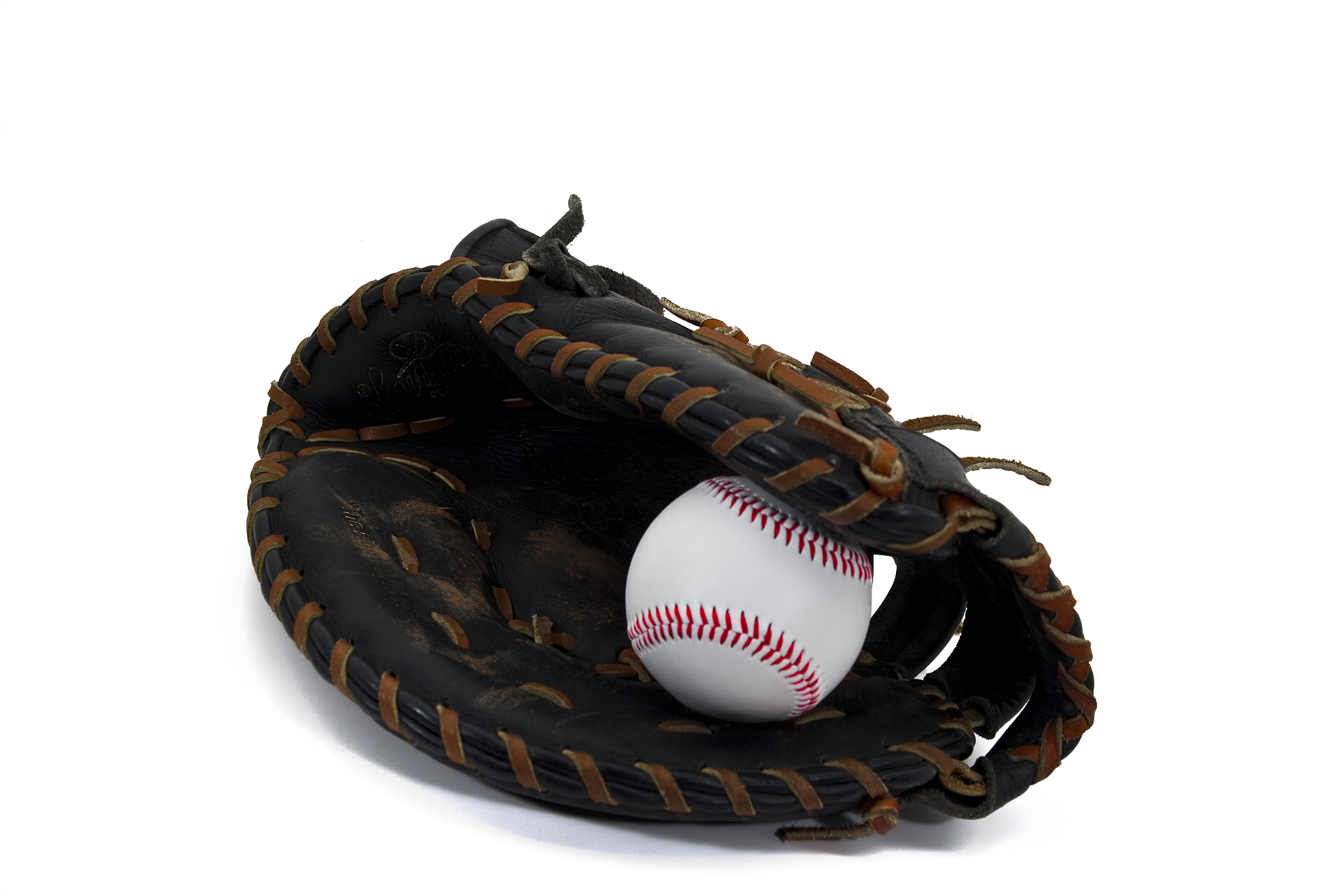
Too many times, I see athletes make some nice strength gains in the off-season only to lose them all during the competitive season because of their lack of training. It’s very easy for baseball players to get caught up in the rigors of practice and games and neglect the training aspect. Most college and high school teams practice six days a week during the pre-season and eventually play almost every day once competitive games start.
What good is it to train your butt off in the off-season only to lose all your gains by the time the competitive season starts? To avoid this downward spiral, baseball players need to know that they can’t train the same way during the season as they can in the off-season. Once they see that their off-season workouts are too demanding on the body, they just give up. Trying to get bigger, faster, and stronger during the season will decrease performance on the field. Instead, baseball players should strive to maintain the strength, speed, and power developed in the off-season during the competitive season.
In addition to maintaining strength levels, these workouts should focus on keeping baseball players healthy and ready to compete at a high level. In order to do this, athletes must listen to their bodies. It is inevitable that baseball players are going to have sore arms from practicing and playing every day. Some days they may feel great and other days they need to rest. So in order to get the most out of in-season training, baseball players should train on the days they feel the best, even if this means training before or after games.
In order to prepare for this, players need to condition their bodies to train for these types of situations in the pre-season. Once practices start, baseball players should get used to lifting on the same day that they practice. During the season, players have one day off if they’re lucky. How will they ever be able to train during the season if their bodies aren’t conditioned for it?
As far as speed work, additional work isn’t necessary during the season. The sprints performed during games and practices are sufficient. I consider speed work running at maximal effort for distances shorter than 60 yards with complete rest. Every time players run the bases or run after a ball, they are exerting maximal effort. This is their speed work. Remember, we only want to maintain speed during the season!
Extra conditioning isn’t necessary during the competitive season. While I love ending workouts with 10–15 minutes of sled and Prowler sprints and pushes, I don’t think it’s necessary during the season. Instead the sled and Prowler should be used for recovery work in-season. Games and practices will serve as in-season conditioning.
I found that performing two full body workouts a week is best for maintaining strength, power, speed, and size during the season. These workouts should be short. Thirty to forty-five minutes is more than enough to maintain all physical attributes. Baseball players can also maintain all physical attributes with less volume. Each session should include a complete warm up, strength training, recovery work, and prehabilitation for the rotator cuff.
We avoid most dynamic work in-season because there isn’t anything more dynamic than throwing a baseball or swinging a bat. If a baseball player has a light week or is feeling good, we may train a third day, but it isn’t necessary for maintenance.
Here is a sample program for in-season baseball players:
Day 1
1) Box squat: Work up to a 5RM. Don’t train to failure; you should have 1–2 reps left in the tank.
2A) Push-up variation, 3 X 10–15
2B) One arm dumbbell row, 3 X 10–15
3) Face pulls, 3 X 12
4) Abdominal circuit, 2 X
Day 2
1) Weighted chin-up: Work up to a 5RM. Don’t train to failure.
2) Unilateral lower body movement, 3 X 8
3) Kettlebell swings, 3 X 10–12
4) External rotations, 3 X 15
5) Abdominal roller, 2 X
Remember to listen to your athletes’ bodies when it comes to in-season training for baseball players. These workouts should help keep them healthy and ready to play at peak performance while also maintaining strength levels. The above program is just one example of many different ways you can set up in-season training.












1 Comment